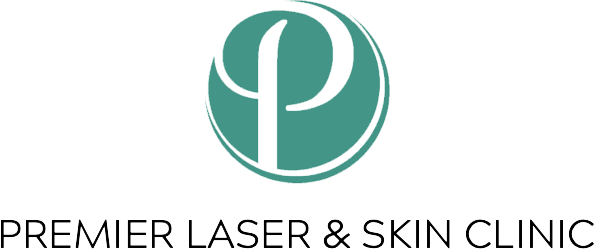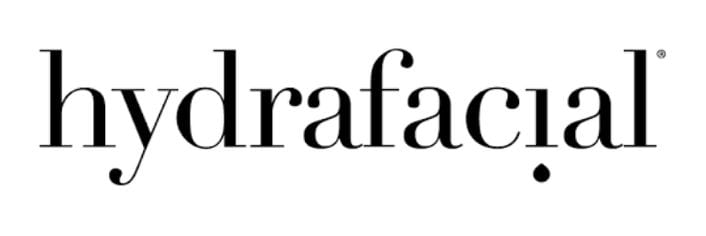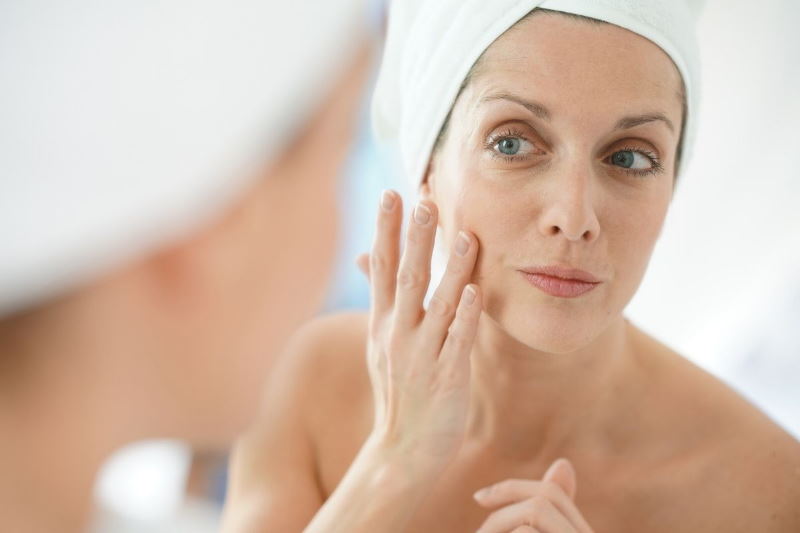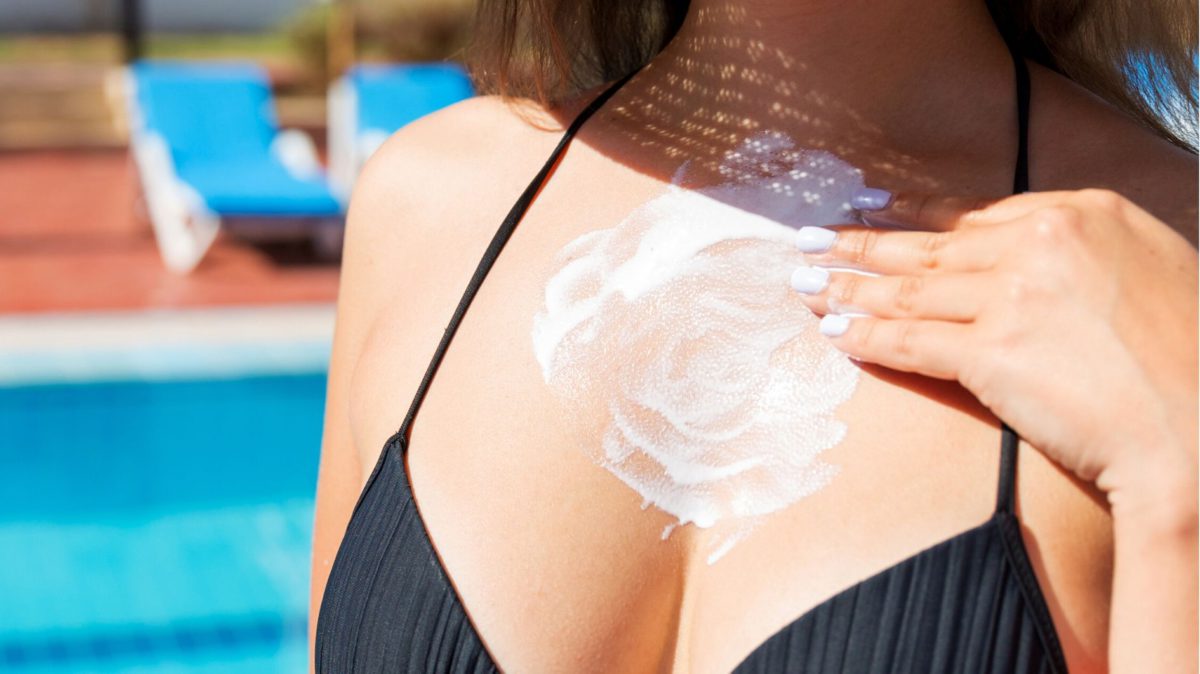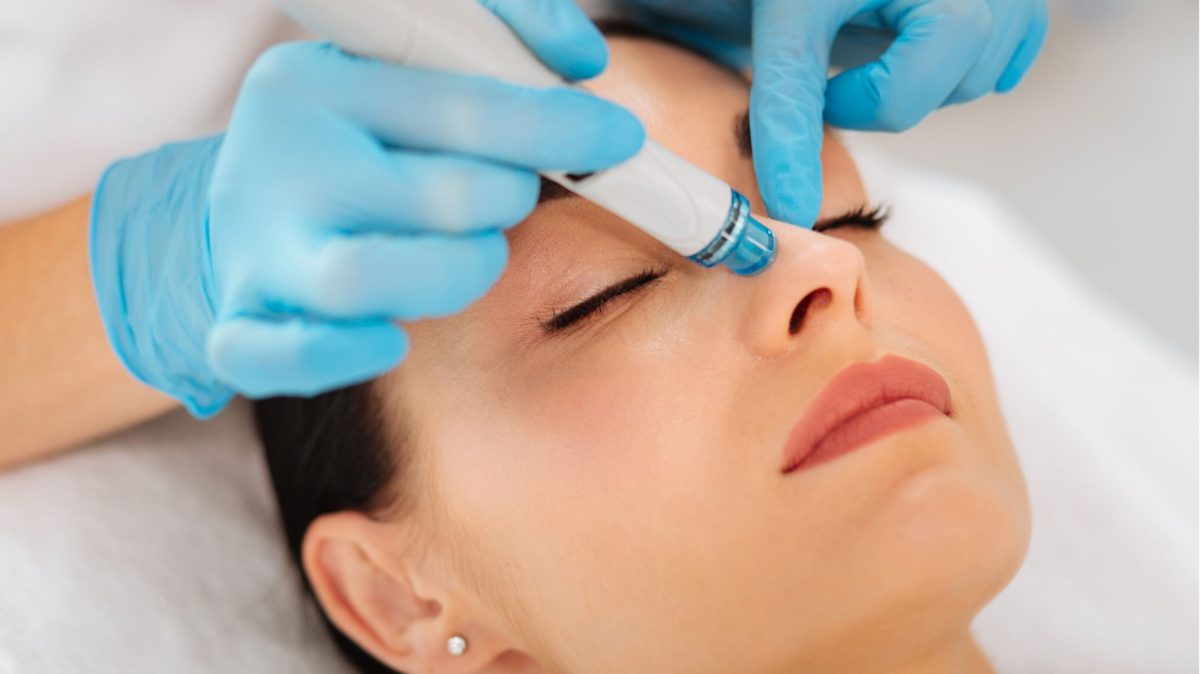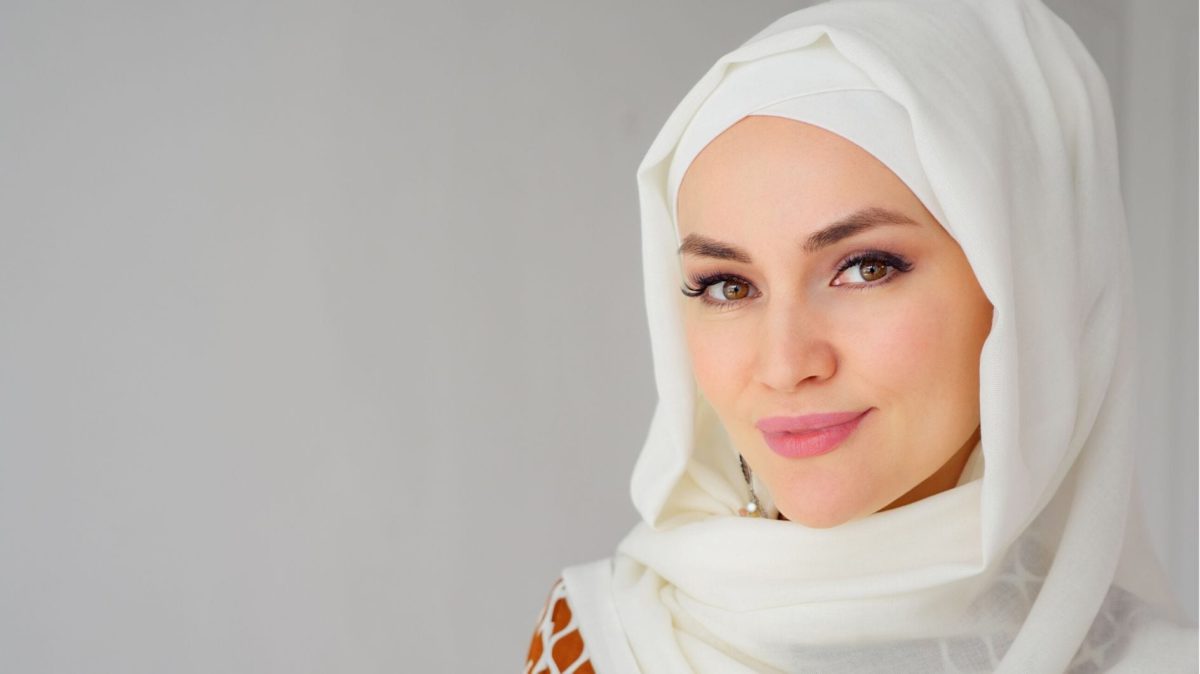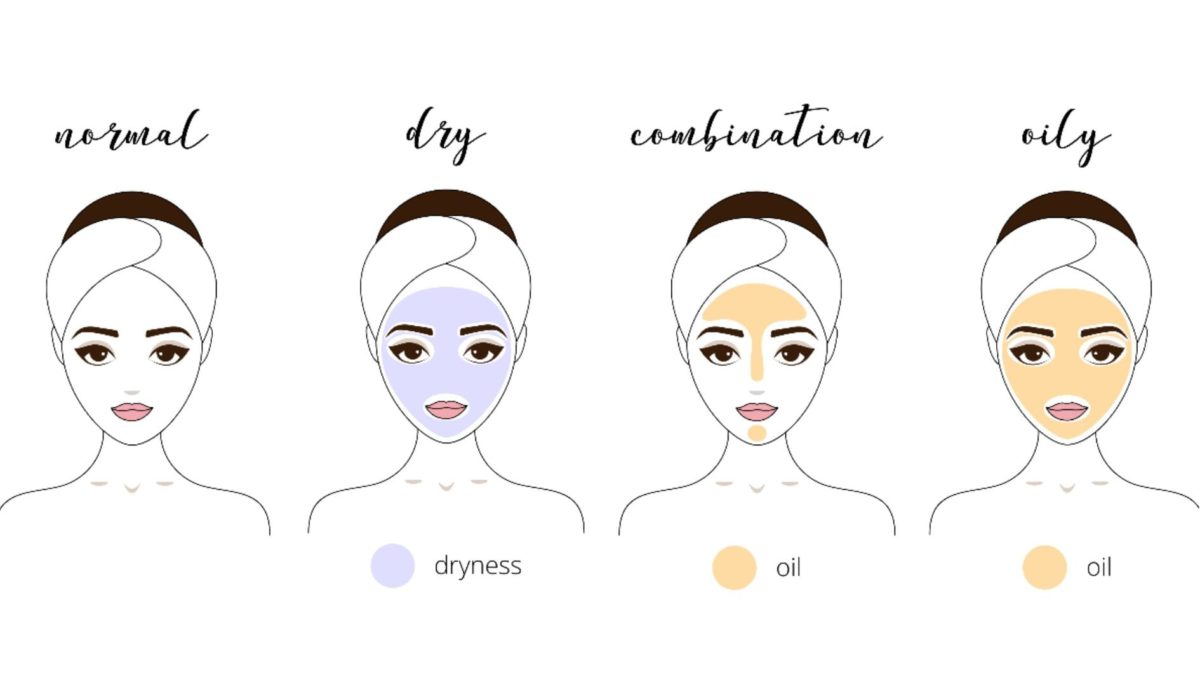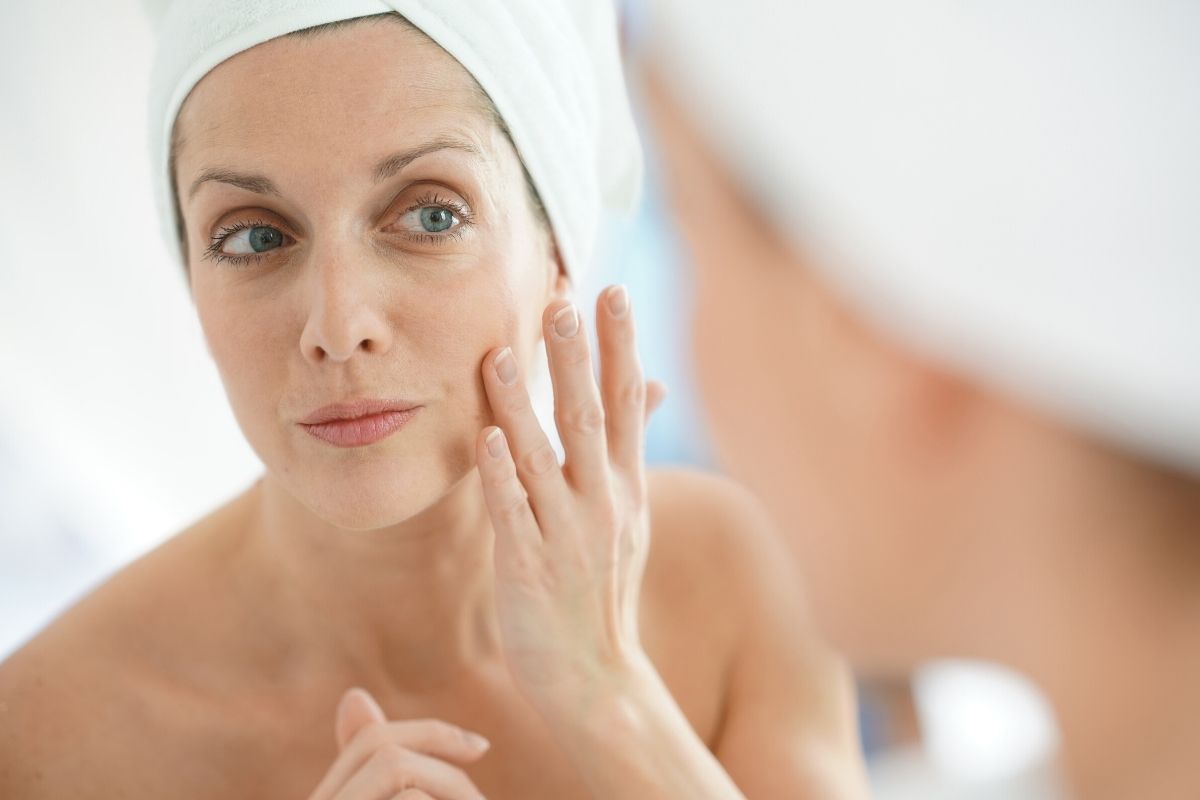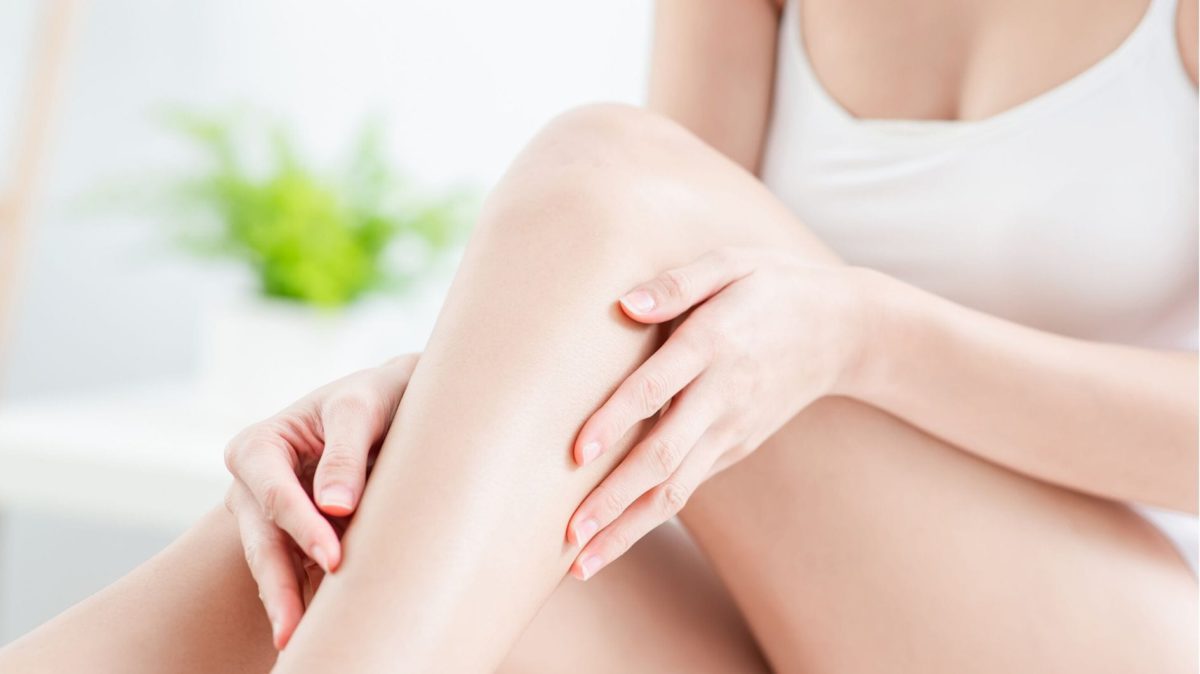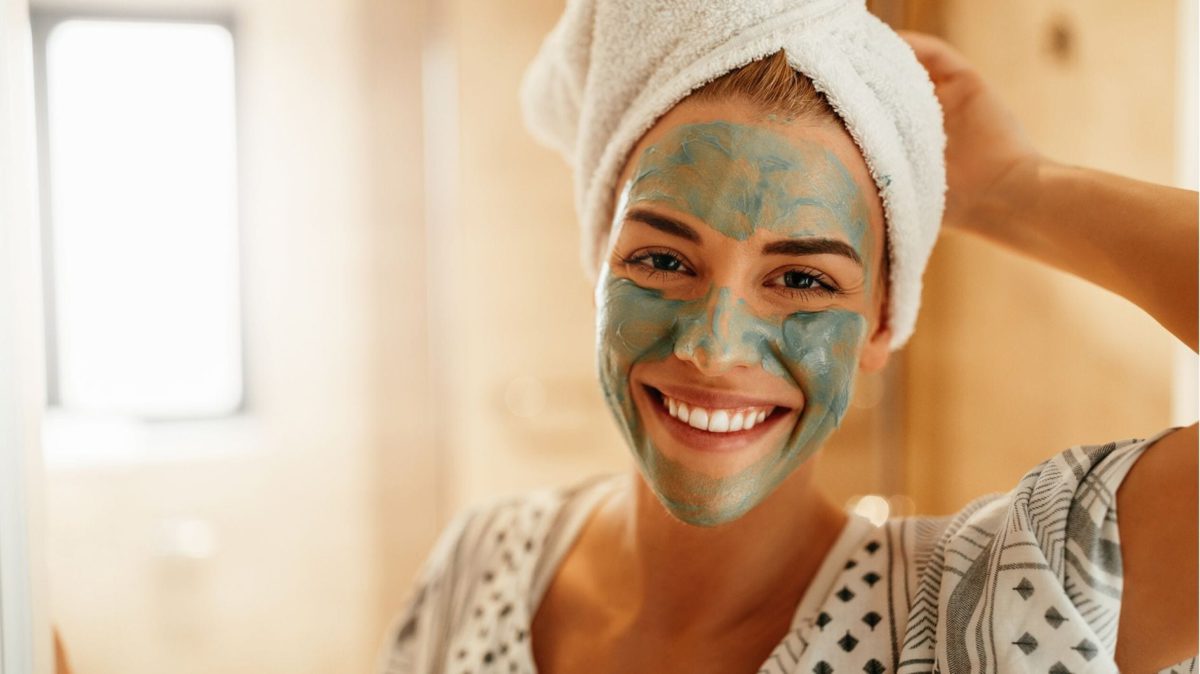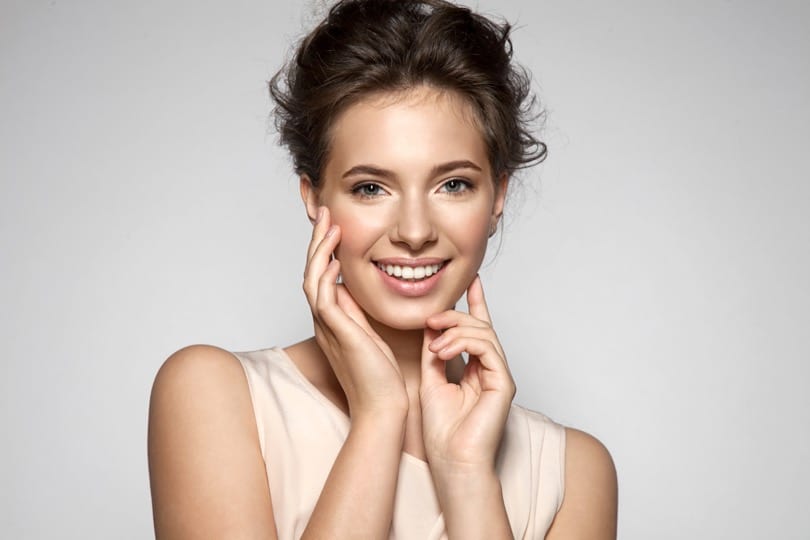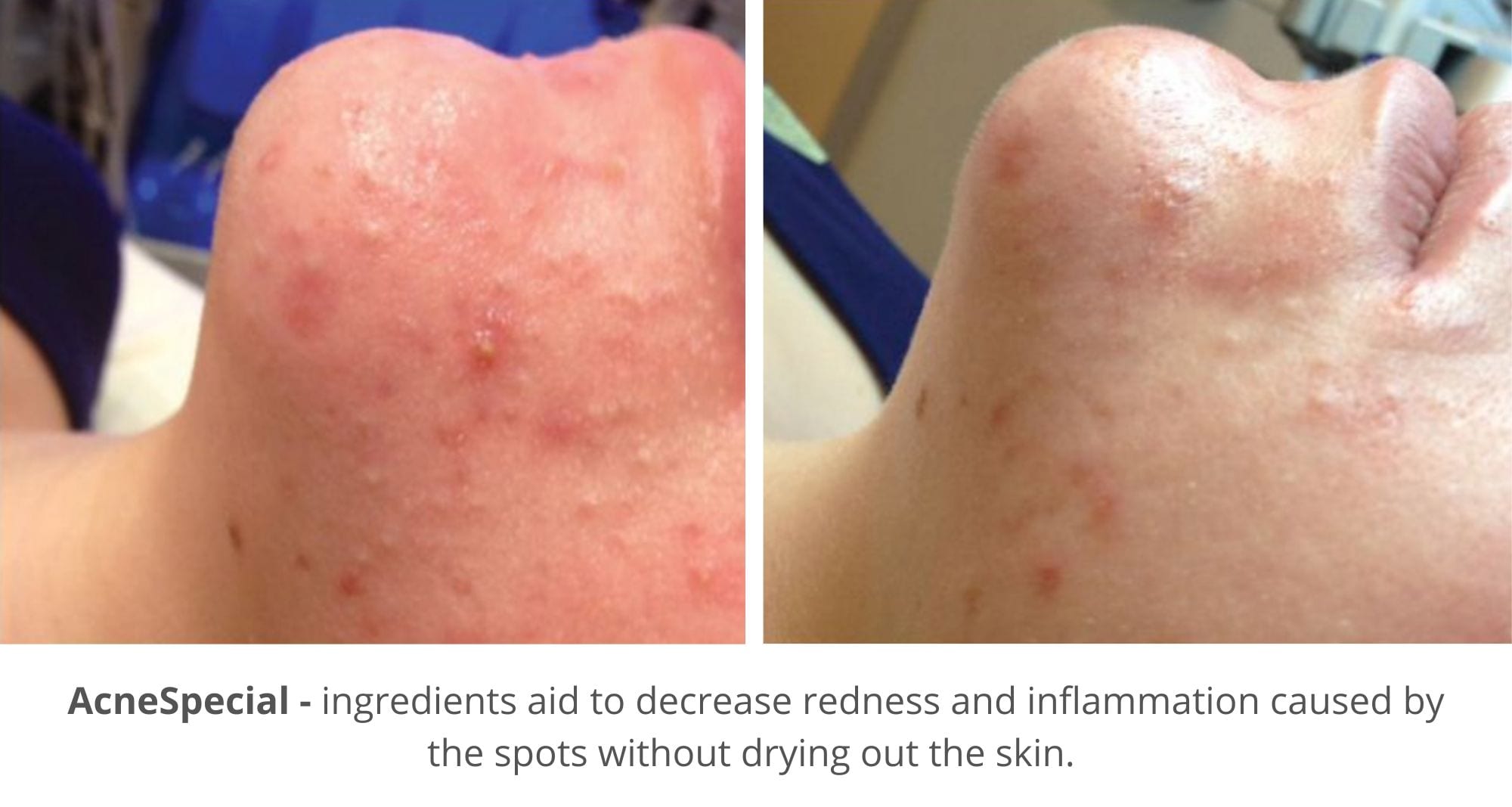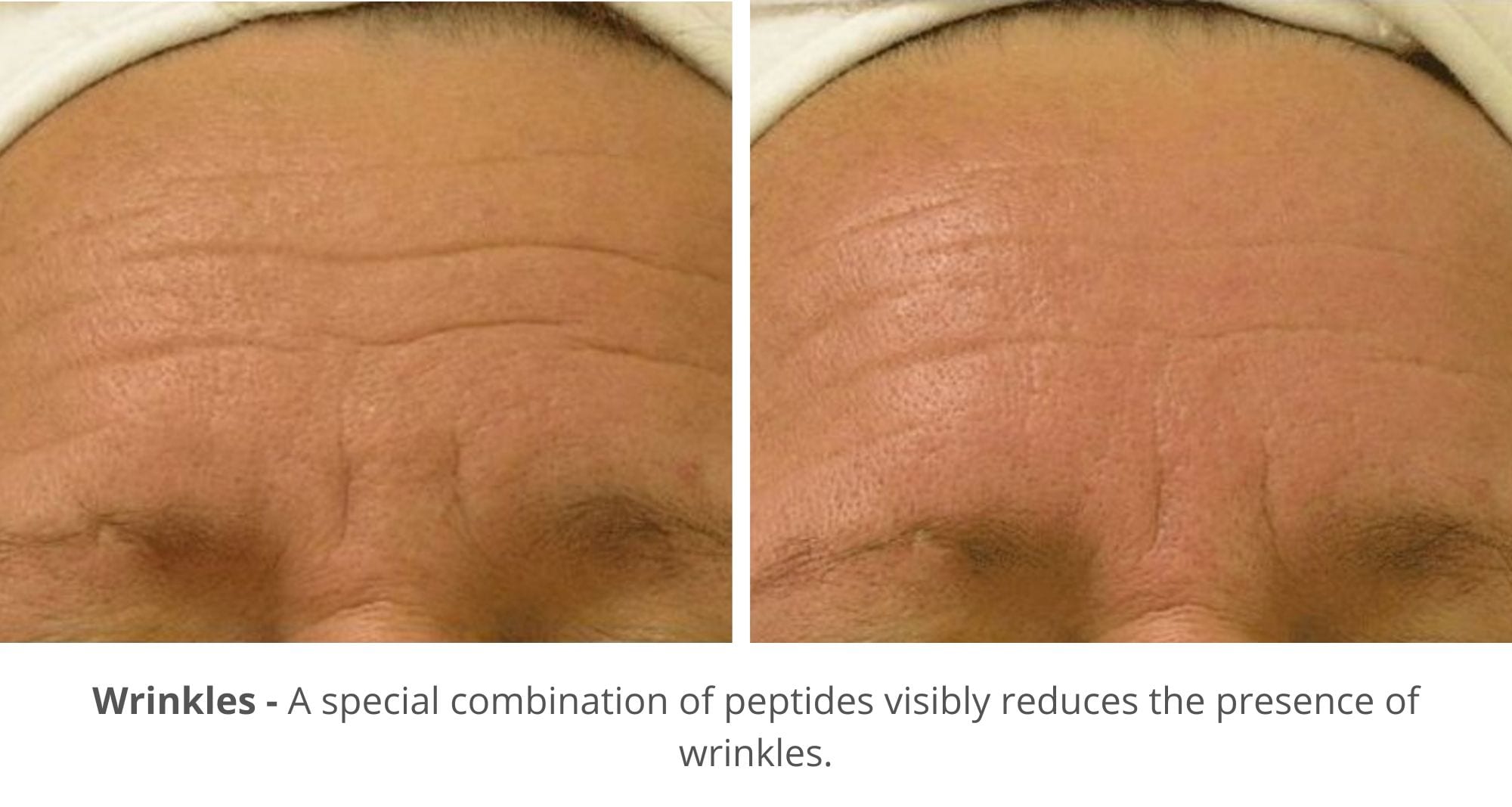Let’s start with the basics. What does SPF stand for?
SPF stands for sun protection factor. It is a measure of how long a sunscreen will protect you from the sun’s rays. And yes, the higher the number is the more protection you get.
Let’s talk number….
If you would compare SPF 30 and SPF 50; the main difference between them is how often you need to apply your sunscreen.
And, no, that one time you used SPF last summer will not still protect your skin. You actually need to re-apply it if you are spending a long time under the sun and even in winter.
If you are using an SPF 30, you would probably want to re-apply it in 2 hours. On the other hand, SPF 50 would probably be still effective on your skin for up to 4 hours. (Please note that these estimates depend on your skin type. We will get there!)

But isn’t SPF 50 also stronger than SPF 30?
Yes, it is. If SPF 30 blocks 97% of UVB, SPF 50 blocks 98%. So, the difference is not that high, but the effective period is longer.
Well, that was easy, right? But wait. There’s more!
Not every sunscreen is the same. There are 2 main types of sunscreens; which are physical and chemical.
The difference is quite basic.
- Physical sunscreen basically sits on the top of your skin and reflects the UVA and UVB rays. These sunscreens will be effective as soon as you apply them to your skin. It is basically like wearing an invisible clothing.
- The chemical sunscreens, on the other hand, get fully absorbed to your skin. They convert UV rays into heat and gets rid of them. As they are much lighter than physical sunscreens, it takes longer for your skin to absorb them. However, you can easily apply your other skincare products or makeup on top of it. And they are more suitable for everyday use.
Best SPF for your skin type
As we know, you can categorise your skin type as normal, dry, oily, combination skin. When it comes to SPF, we need to look at your skin more in-depth. Such as; acne-prone, mature, or ageing skin. And then you can choose the right SPF for your skin type.
If you don’t know your skin type, you can find it <here>

SPF for normal skin
For those who are lucky enough to have normal skin, every SPF would be suitable to use.
As we mentioned before, chemical sunscreens are more suitable for everyday use and easier to mix with your other skincare products and makeup.
All you need to decide is the strength of your SPF. Depending on the weather, if you are not going to spend much time outside, you can choose 15 SPF. But if you are planning to do some gardening under the sun, you can go up to 100 SPF!
You can re-apply your SPF as it is advised on the directions to use.
Expert recommendation; Mesoprotech light water antiaging veil 50+

SPF for oily skin
Midday shine, unsettling makeup, and the greasy look.
If you have oily skin, you must be already familiar with your foundation giving up, and your skin showing a thick layer of grease during the day.
Adding any physical sunscreen to oily skin would cause quite a discomfort and your skin may appear even greasier.
We would recommend you to choose a chemical sunscreen enriched with minerals, so your skin would stay matte during the day while getting protected by the sun’s harmful rays.
People with oily skin usually have the habit of cleaning the excess oil from their face during the day. If you are also doing the same thing, make sure to re-apply your SPF after clearing your skin.
Expert recommendation; Obagi Sun Shield Matte SPF50

SPF for dry skin
If you have dry skin, you would especially want to protect yourself from suntan.
When the skin burns, it loses its moisturise and gets dry. Often it makes the top layer of skin to peel off; which causes redness and pain.
For dry skin, we would recommend you to use a high-percentage sunscreen. Ideally, an everyday moisturiser which also includes sunscreen.
Alternatively, you can mix thick moisturiser with your sunscreen and apply. This way you can make sure your skin to absorb all the ingredients and prevent skin dryness.
If you are using an SPF specifically designed for dry skin, you should follow the directions of use to determine how often you should apply it. However if you are mixing your SPF with a moisturiser, you might want to re-apply it more often as mixing it with other creams will decrease its intensity.
Expert recommendation; OBAGI360 HydraFactor SPF30

SPF for combination skin
If you have combination skin, you are probably dealing with oily T-zone and dry cheeks areas. And different areas with different skincare needs, it can be frustrating to maintain your regimen.
If you would have the patience and budget, your ideal sun protection would be a mixture of products. However, it may not be the most convenient.
For the best results with easy maintenance, you can prefer SPF with a powdered finish with a thin layer. This way if you need to moisturise certain areas of your skin, you can mix SPF with your moisturiser. But also prevent the oil break and shiny look on your skin.
If you are using an SPF designed for combination skin, make sure to follow the directions to re-apply on the right time.
Expert recommendation; Mesoprotech mineral matt antiaging fluid 50+

SPF for acne-prone skin
You might think that using SPF or moisturisers will cause more acne breaks on your skin. But actually, it is quite the opposite.
Drying out your skin could cause more oil production, which leads to more acne breakouts. So you should make sure to protect your skin from suntan!
Choosing a sunscreen with high protection but without any oily residue would be the best option for your skin.
Also, make sure to use a non-comedogenic SPF which means that it will not cause acne.
Don’t forget to re-apply your SPF if you are spending a long period of time under the sun.
Expert recommendation; Mesoprotech mineral matt antiaging fluid 50+

SPF for ageing/ mature skin
As skin ages, it loses its ability to retain moisture. And it gets more likely to have hyperpigmentation, fine lines, wrinkles and brown spots.
And without a doubt, sun protection becomes a more important element.
For mature skin, we would recommend choosing an SPF with high percentage with an oil base, antioxidants and firming properties.
Expert recommendation; Mesoprotech nourishing antiaging oil 50+, Mesoprotech antiaging facial sun mist, and Obagi Professional‐C Suncare SPF30

Which ingredients you should look for in your SPF
As we recommend using SPF daily, it is important not to forget that this is a part of your skincare regimen. And you should make sure, the active ingredients of your SPF are good for your skin health.
We’ve listed some of the good ingredients our favourite brands are using.
Increases the presence of heat shock protein
Promotes elasticity and firmness
Prevents photo-ageing
Provides hydration at the epidermal level
Enhances the elasticity and firmness of tissues
Provides elasticity and nutrition
Strengthens the barrier function
Eliminates excess oil and shine
Leaves skin with a velvety matt finish
Provides antioxidant and anti-ageing
How much SPF should you apply?
Our founder and skin expert Lucy Xu explains; “For your face and neck, you can use your index finger to measure. Cream from your second knuckle to the tip of your finger is enough.”

Commonly missed areas with SPF
You should apply SPF to all parts of your skin where it gets direct sun exposure.
However, sometimes some parts of the body get missed.
-
Sides and back of the neck
If you have long hair, you might think it would be covering your neck at all times. But it is not correct. During the day, we get exposed to the sun’s rays from different angles. The sides of your neck can easily stay under the sun. Also, tying up your hair during the day may cause a sunburn on the back of your neck if you haven’t applied SPF.
Make sure to apply SPF to all your neck and not just on the front.
Just like the back of your neck, top and behind of the ears are often forgotten when it comes to sun protection. If you are spending long times under the sun, your ears may become an accidental burnt spot.
Wearing a hat is also an effective way to protect your skin from the sun’s dangerous rays. But remember, if you are wearing a baseball cap, it will not give your ears any protection.
The tops of your hands are especially exposed to the sun. While driving, cycling or gardening, your hands are very vulnerable to the sun unless you are wearing protective gloves.
And protecting your hands from the damaging sunburns can also prevent the signs of premature ageing such as sunspots and freckles.
You protect your face, and also remembered to apply SPF to all your neck. But what about the top of your chest, where your neckline meets your top?
Your skin on the top of your chest gets exposed to the sun more than you think.
So please remember to apply a generous amount of SPF to your chest where it is not covered with clothing.

Which SPF is the most suitable for your skin?
Your skin is unique, so should be your skincare.
If you have any questions about which skincare or SPF to prefer for your skin needs, we offer free e-consultations with our skincare experts.
Contact us to book yours today! <click here>
